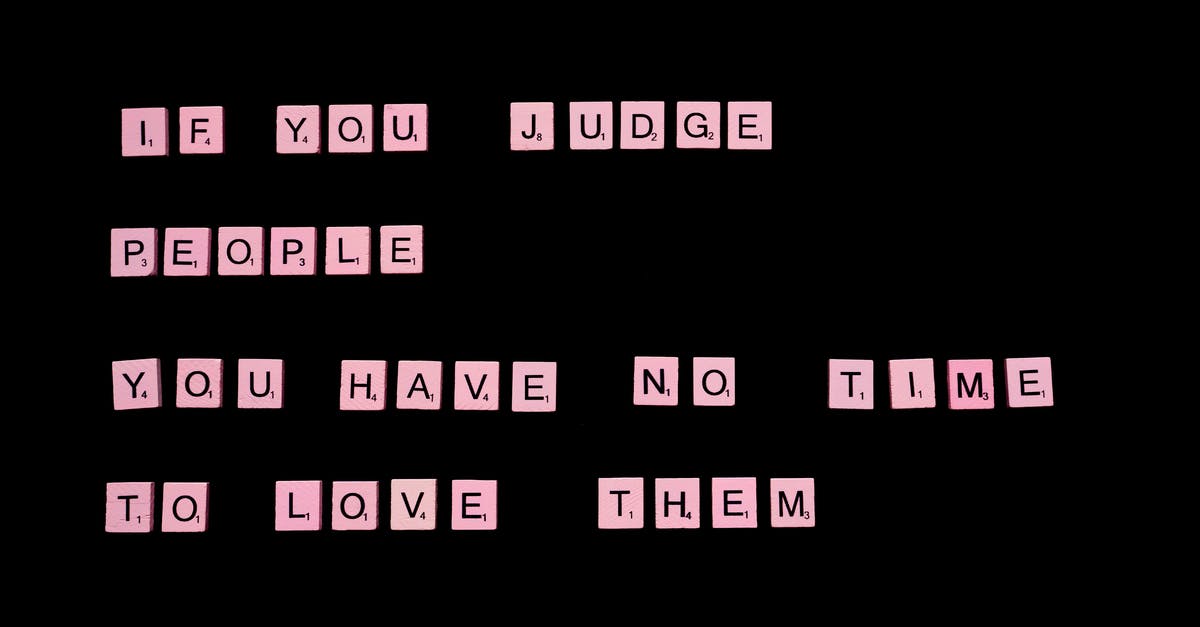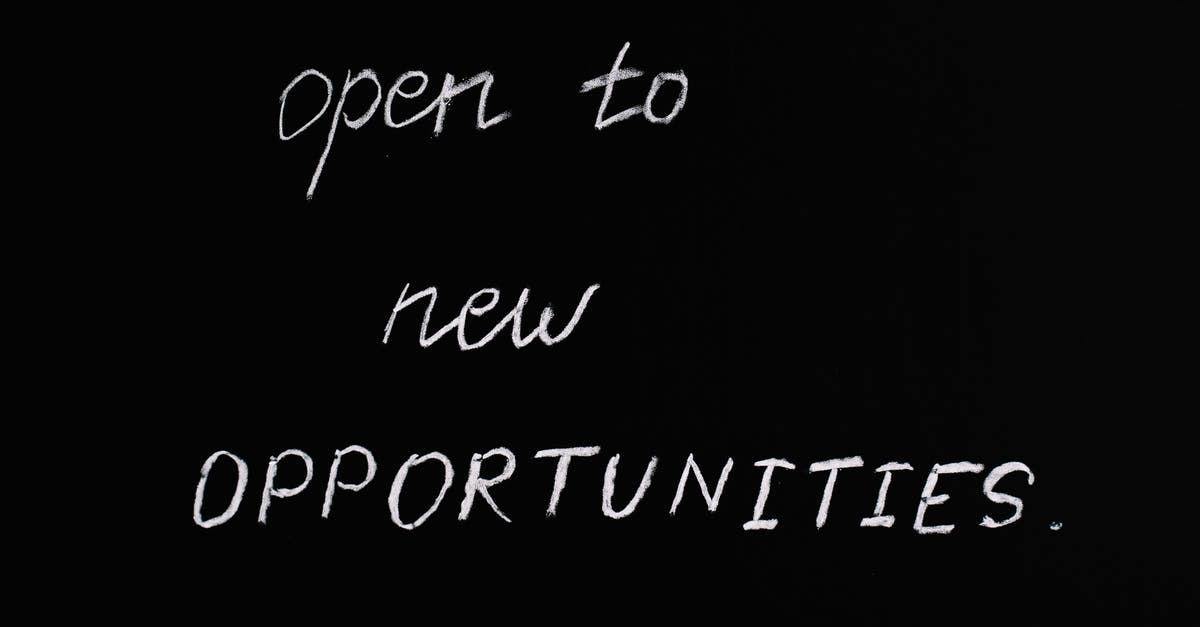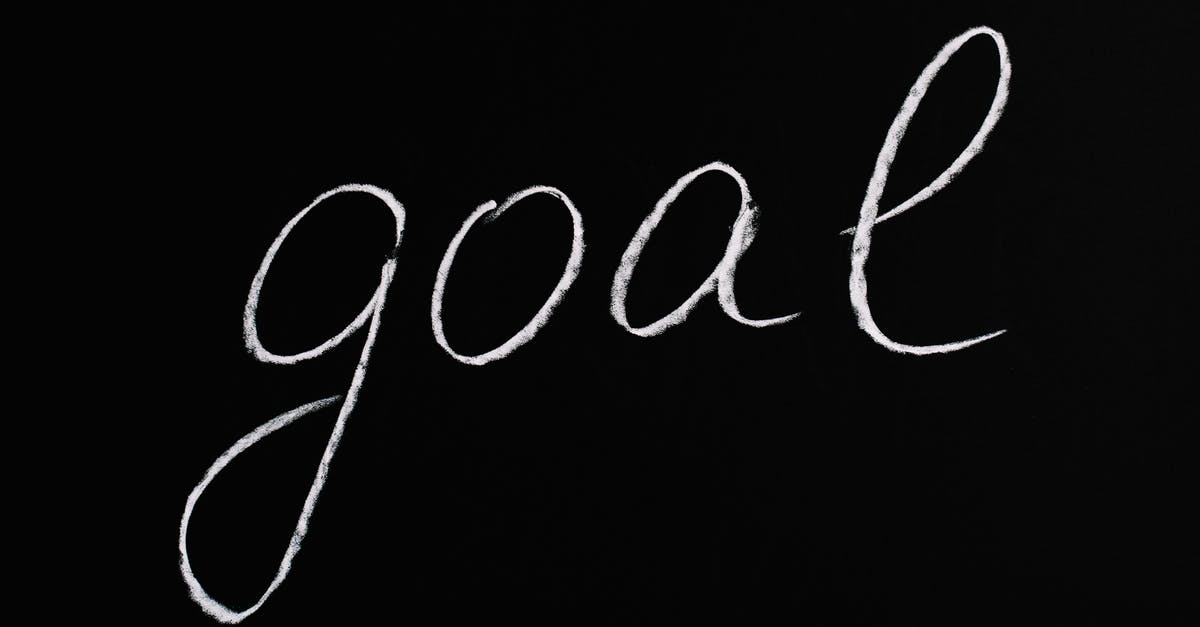Explanation of the phrase "Eye of Round Roast"

I need to translate the type of meat called "Eye of Round Roast" to Danish.
It would be extremely lucky, if anyone here speaks Danish as well as having a quite good English cooking technical knowledge. It might be a long shot.
So, if there isn't any Danish speaking helpfull mind here, I would really appreciate if I could get a good definition or explanation in English of what the eye of round roast is.
I have tried with no luck the Google translator, www.ordbogen.com (a Danish very indepth dictionary), and other kinds fx www.thefreedictionary.com to try guessing the actual meaning. I need a dictionary with cooking specific technical phrases, and that is not exactly lying around.
Best Answer
I think the Danish use the English style cutting and names not the US style, so direct translation is not really possible. The round is often just English "Roast Beef"
The main part of the round we would call topside, which is Danish is Inderlår og klump (topside and rump)
The top part we call Silverside is the "Culotte" (leg)
There are other untranslatable parts like Tyksteg, Lårtunge, and Couvette; these are referred to as just "Roast Beef"!
Pictures about "Explanation of the phrase "Eye of Round Roast""



Slow-roast beef eye of round, with mushroom jus and baked mash
More answers regarding explanation of the phrase "Eye of Round Roast"
Answer 2
The word "eye" in the name of a cut of meat is like in the phrase "eye of the storm" - a round part in the middle of something. There are well known cuts like rib eye, and less well known ones like chuck eye. The Round specifically refers to part of the cow. There's a good diagram at http://en.wikipedia.org/wiki/Beef#Cuts and if you scroll down, you can see the UK cuts, which not only have different names, but different boundaries.
Answer 3
In the UK it's topside / silverside roast, but I don't know how standard cuts are across the rest of the EU. Certainly France and UK are far more similar than UK and US, but for Scandinavia it might vary more.
You'll find the joint in any butcher or supermarket in UK as a standard cut for a Sunday lunch. Very similar to rump roast.
If you're in Denmark, I would take one of the wikipedia diagrams, or just head to a butcher where there will be a diagram, and then point to the bit you want.
My grandmother is Danish, and would know, but at this point has had far too many strokes to be know what a cow is, otherwise I'd ask.
Do you need it to be eye of round? If you're translating recipes between countries the cuts can vary a fair bit. It might be easier to not translate the cut directly, and rename it to something more local and appropriate, or there might be a similar dish with a name you can use. eg. in the UK, just saying roast beef would often imply a cut like this. A better cut would be spelled out - rib roast.
Eye of round is just part of the ass of the cow, basically. It's the round muscle with a small layer of fat on the top.
Answer 4
I don't know if this helps, or just confuses the matter further, but the USDA Instutional Meat Purchase Specifications defines :
Item No. 171C - Beef Round, Eye of Round (IM) - This boneless item consists of the M. semitendinosus and shall not be severed on either end. The eye is separated from the top and outside rounds and heel between the natural seams.
M. semitendinosus is the main muscle to force the knee of the hind leg to bend, and is located on the back side of the femur.
Sources: Stack Exchange - This article follows the attribution requirements of Stack Exchange and is licensed under CC BY-SA 3.0.
Images: Alesia Kozik, Anna Tarazevich, Anna Tarazevich, Anna Tarazevich
